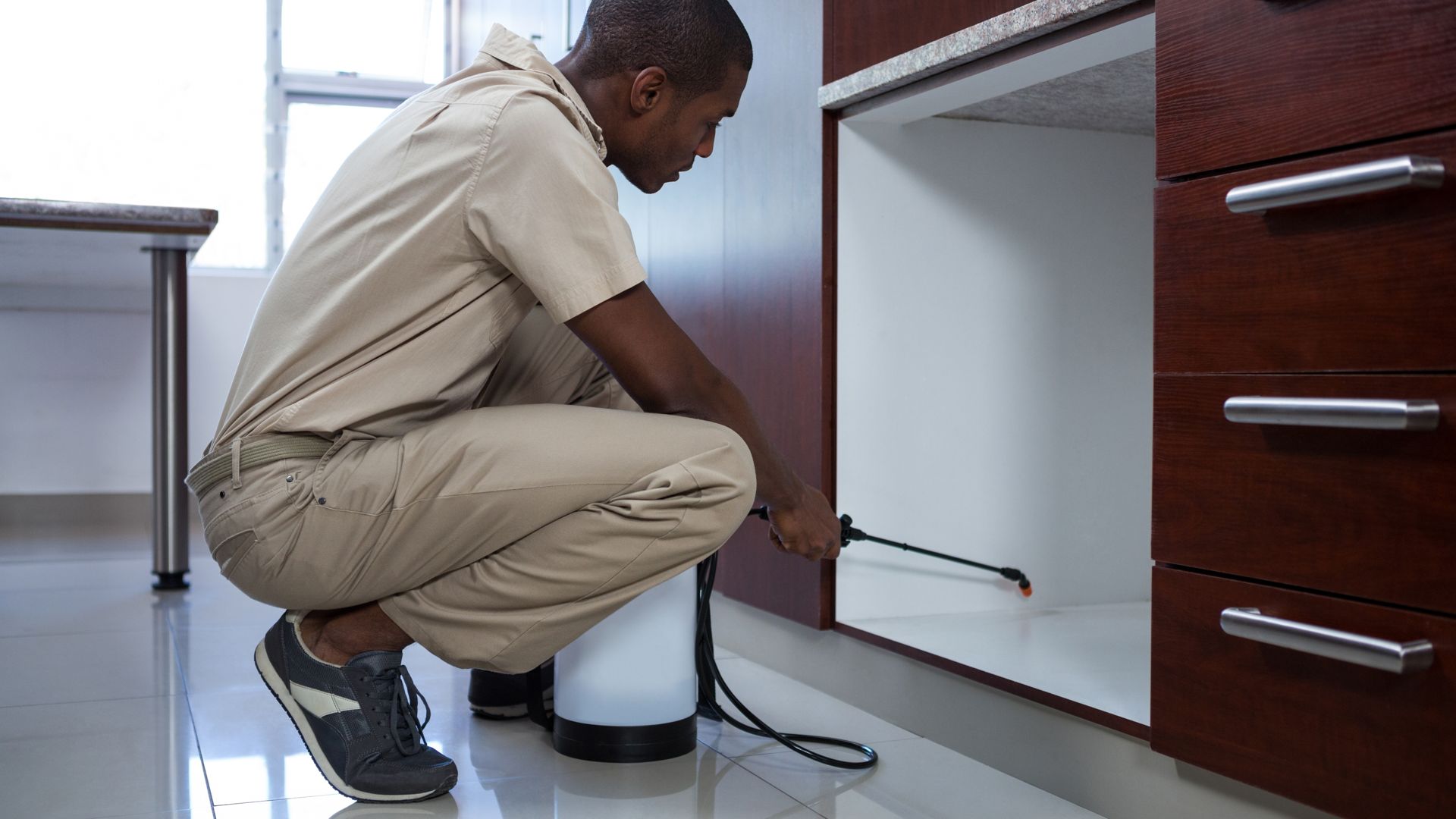Everyone knows that termites are a problem, but many homeowners fail to understand just how severe of a problem these Dallas pests can be. However, the more you learn, the less likely you are to wind up with devastating repair and treatment costs.
Knowing The Signs
Unfortunately, millions of Americans suffer termite damage every year at the hands of these invasive pests. With over $5 billion per year on average in total cost, termite damage is one of the most destructive forces in the country. However, a lot of this damage could be avoided with little education.
Termites are pests that eat the wooden parts of your home very slowly. Most of the time, they’ll stop eating to take food back to their nests in the soil, so severe damage takes time. On average, an infestation of less than a year will typically not reach the thousand-dollar mark in repair costs, but 18 months’ worth of damage can cost around $3,000.
Unfortunately, worker termites can be very difficult to see. They’re very small and usually remain within your walls or underground. So, what’s the best way to avoid a costly repair bill? Know the signs! Keep an eye out for the following indications of termite activity in your home:
- Swarmer termites: while you might not be able to spot worker termites, you should be able to notice these winged termites that are in charge of colonization. Buzzing around in grey clouds on warm, muggy days, swarmers indicate an existing or future termite issue on your property.
- Frass: this mixture of termite droppings and wooden pellets will build up along the baseboards of your home if you have drywood termites. If it’s noticeable, then it’s time to call a professional pest technician.
- Tight-fitting doors and windows: when doors and windows are becoming hard to open and close, this indicates internal damage within the frames caused by termites. Don’t just chalk this up to regular wear-and-tear when it could save you thousands of dollars to point it out.
- Soft clicking noises within the walls: while termites work, you might be able to hear soldier termites banging their heads on tunnel walls to warn of danger.
- Damage to exposed wood: you probably won’t be able to notice termite damage in the high-traffic areas of your home, but you might be able to notice it in basement areas where there is exposed wood. If wood appears to be rotting quickly, it could be an indication of termite damage.
Preventative Measures
If you don’t notice the signs of termite damage, then you might be fortunate enough to not have an infestation…yet. If that’s the case, it is important to be proactive about preventing termites. The best thing you can do to limit termite attraction to your property is to control moisture buildup, as termites are highly attracted to wood damaged by moisture. While they’ll still attack healthy wood, they much prefer damaged, rotting wood that’s been exposed to moisture. To prevent moisture buildup in your home, try the following tips:
- Monitor pipes closely for leaks
- Use a dehumidifier in your basement and crawl space
- Direct rain runoff away from your house with a gutter and downspout system
While these methods can help you avoid an infestation, there is no substitute for professional protection. The only guaranteed method of termite prevention is through professional termite control solutions. And this is also the only way to get rid of an existing infestation. If you do see signs of termites, don't waste your time and money trying to get them out yourself: call the home pest control and commercial exterminator pros at Greenforest Termite & Pest Control right away.

